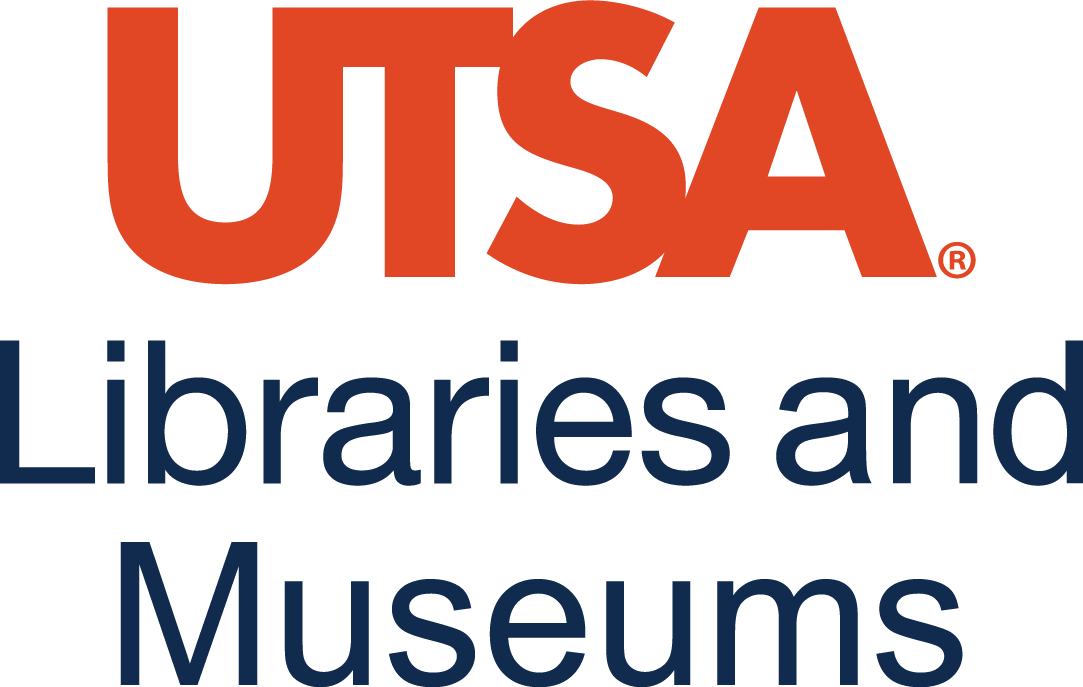Unit 3 | Responsible and Ethical Generative AI Use
Section 3.1: Ethics and Integrity
Playing Fair in the AI Era

GenAI in school is like having a super-powerful calculator in math class—it can be a great helper, but using it the wrong way can get you in trouble.
What This Means in Practice
- Be Transparent: If you used GenAI to brainstorm, draft, or organize, say so. Include your prompt and the GenAI’s output in an appendix if required.
- Stay Original: Let GenAI inspire you, but always add your own thinking, voice, and analysis.
- Check for Accuracy: GenAI sometimes “hallucinates”—making up facts, citations, or quotes. Always verify before including anything in your work.
- Follow the Rules: Different professors have different guidelines. Some might welcome GenAI use; others may prohibit it.
Scenario
You’re in a literature course and use GenAI to help summarize a long poem. The summary is close, but you notice it misses some symbolic themes. You rewrite it in your own words, adding your analysis. When you submit it, you note: “Initial summary generated with GenAI; revised and expanded by the student.” You’ve been transparent, avoided plagiarism, and deepened your understanding.
